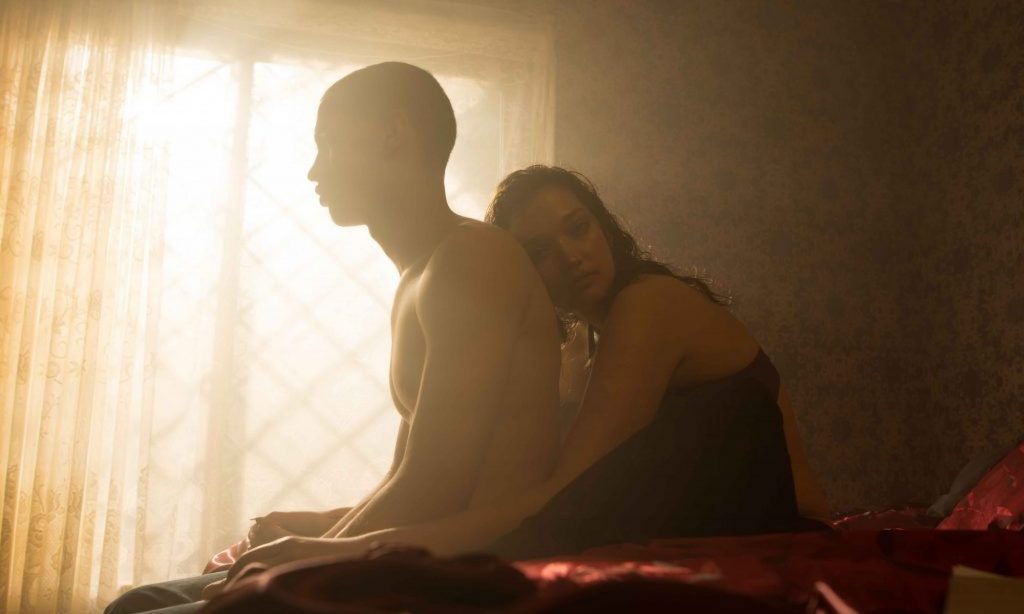The Web of Identity | Notes
The scene needs to be set, the reasons given, the feelings described. The more diverse the audience, the longer the story, because the description needs to become more detailed. This length of description gets in the way of the argument – the very argument which relies on the description and which needs it. The question here is how much I have to include so that my readers will understand me. (P15)
I need them to explain their experience, knowledge and culture. (p15)
The conclusion for me was that the answer to the question about how long my stories should be depends on who the audience is, and how likely they are to recognise allusions to shared knowledge. (p16)
I have tried to think of memories which might not involve people and connections. I have found it impossible. I find connections with other people colour and frame every important building block in my remembered, imagined, conscious self. (p20)
Many other stories that the group of us doing maths and physics told ourselves about what kind of people we were, were stories about gender. (p21)
I wanted to belong to an abstract grouping: real women. (p22)
Sisterhood was powerful. Studies focusing on women and girls proliferated. However, the position has rapidly become increasingly complicated. Class, race, nationality and sexuality have combined to make feminist politics increasingly complex and ambiguous. The very possibility of taking any (let alone any one) feminist perspective has been brought into question. (p57)
To summarise this section: I have argued that there are four percepts for a critique of any epistemology, which, which arise from the commonalities in feminist epistemologies, and from my own analysis of dialogue with others. These percepts are as follows: (1) knowledge must be grounded in individual “experience”, “perspective”, “subjective”, or “position in a discourse”; (2) the factors of power and values cannot be added on afterwards, but are fundamental; (3) theorising is indispensable; and (4) there is no possibility of the acquisition or creation of stable, … (p61)
It is possible that the child´s developing sexuality, its personality, or artistic or mathematical abilities are inherited rather than social constructed. (p65)
The second percept was that “power-relations” cannot be added on afterwards, but are fundamentals. The analysis of language has shown some of the ways in which power-relations enter into subjectivity, adn the description of experience. The argument of chapter 3 showed some of the complexities of dialogue in situations of inequality and injustice. Thus in re-thinking that experience we have to take account of power and politics affect our language, how we are positioned in it and how it is used about us, and the effect of large-scale inequalities on communication. (p67)
First, there is the problem with finding (or creating) oneself: often expressed as finding a real self acceptable to itself. Second, there is the problem with making the subjective experience as a problem of dealing with the experience of fragmented and changing self. I take each one of these two concerns in turn, finally pointing out that underpinning both of them are similar issues. (76)
I begin with the problem of finding oneself. The experience of sex discrimination may be the experience of oppressive material structures. The violent husband, the difficulty of finding child-care, biased immigration laws and regulations: these are all examples which quickly spring to mind. Such conditions may appear to have a little to do with finding oneself. However, alongside such material structures – and interacting with them – are habits of mind, in both men and women, which help keep the structures in place. In a woman they may be lack of self-confidence, a de-valuing of her own needs and desires. These habits of mind can be just as oppresive as the material structures which are so much easier to identify. (76)
The opposing (liberal) idea that the self is not gendered claims that the core is individuated by its particular needs and desires, but that these needs and desires are much the same for both sexes. There is no need for identity politics here, because there is no male or female, only persons – so as soons as the playing field is leveled, everyone can go ahead an realise their own ambitions, meet their own needs and have perfect freedom to become unequal individuals. (77)

